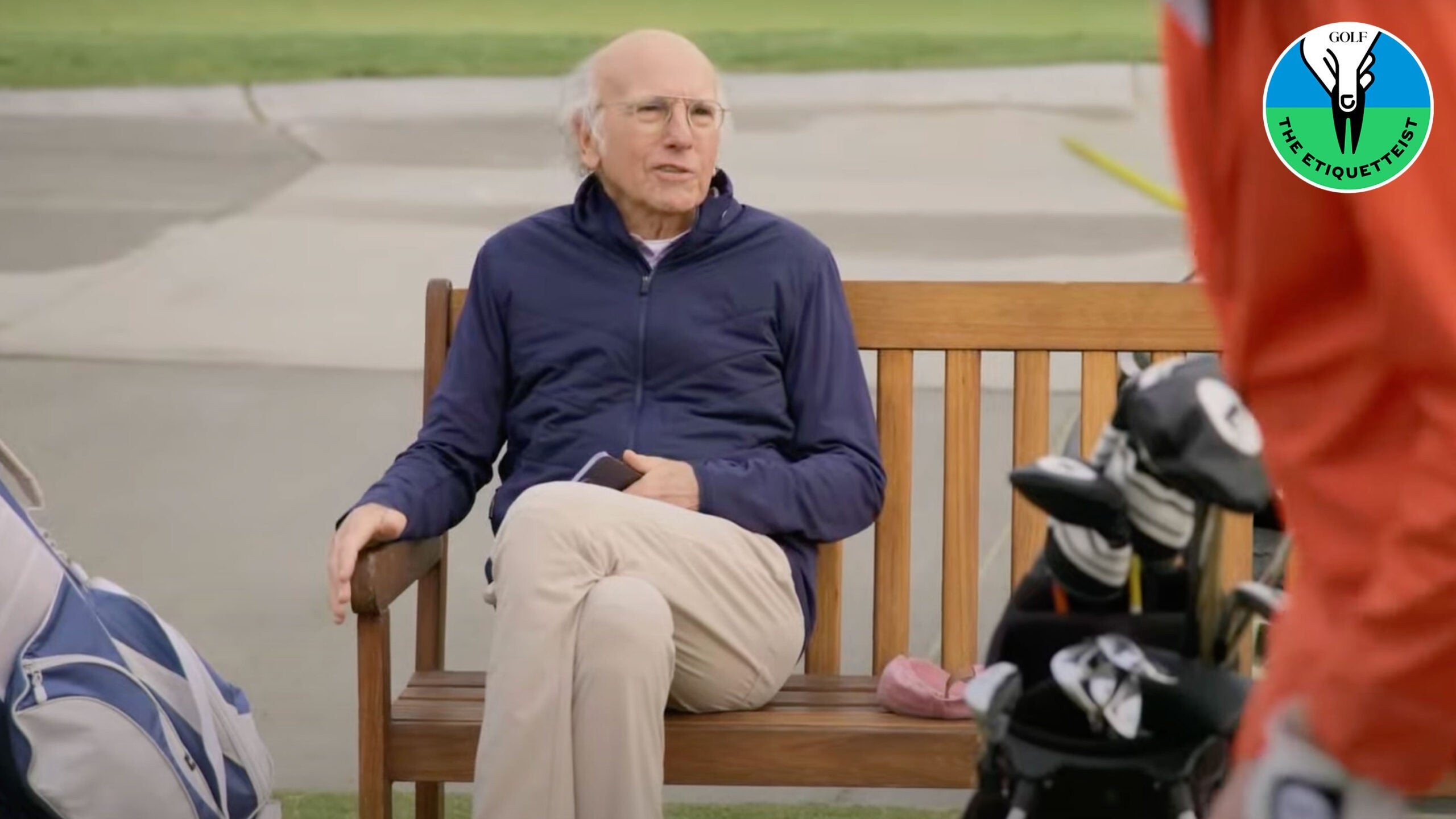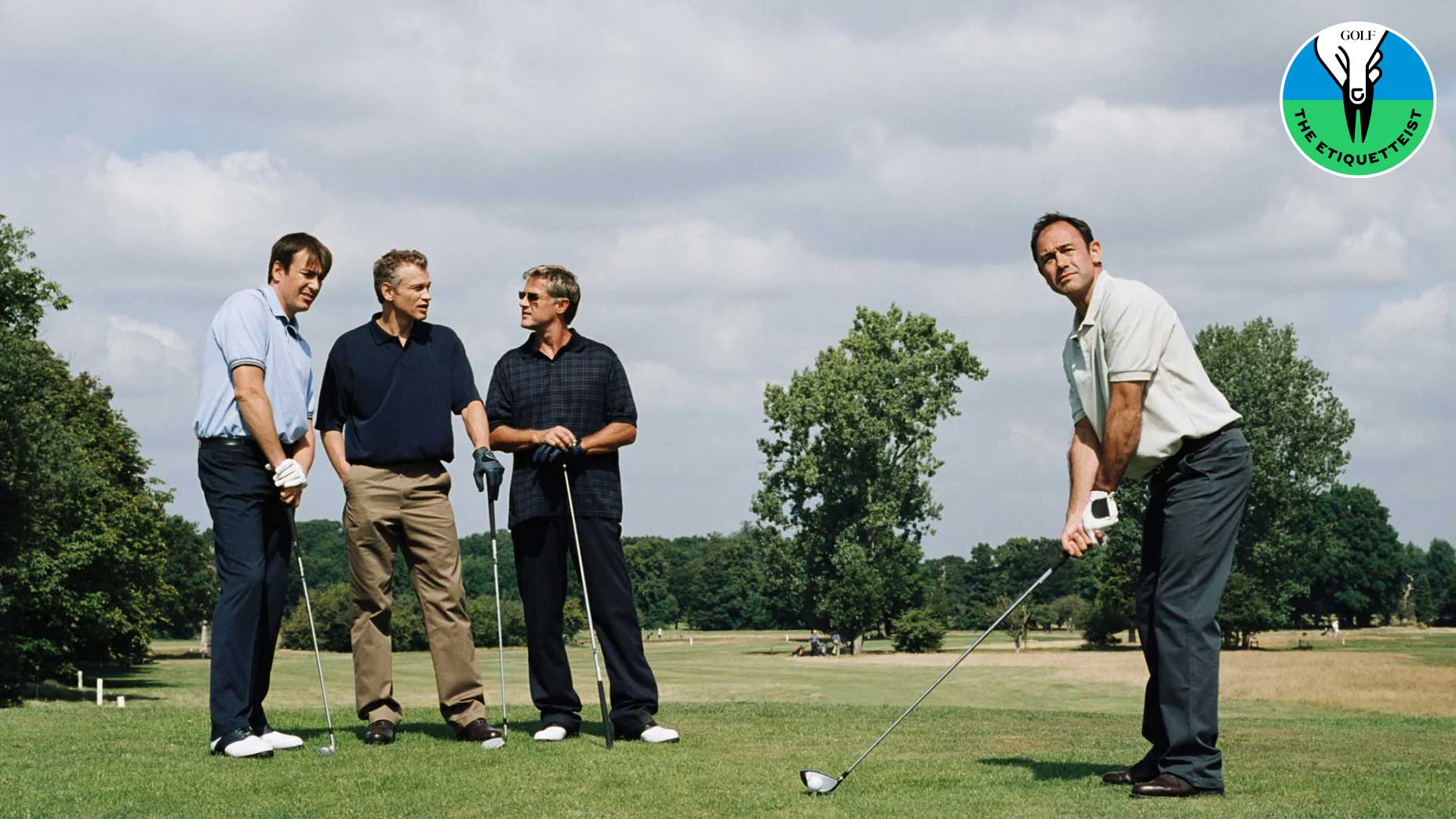The Etiquetteist: How many rounds as a golf-club guest is too many?

Nice spot, right? Just don't overstay your welcome.
getty images
Kevin from Florida writes:
I live near a private club, and I’m friends with a number of its members, so I wind up getting invited out there often. Is there a limit to the number of guest rounds I can play? At some point, it must become poor form, right?
Dear Kevin,
You’ve probably heard of the Jordan Rules, the roughneck style of defense the Detroit Pistons employed against Michael Jordan at the height of his basketball prowess. What you may not know is that there was also a Jordan Rule in golf. It was established by a private club in Chicago, where Jordan played as a frequent guest, reportedly as often as a several times a week.
Because he was Michael Jordan, the members didn’t mind having him around. In fact, they enjoyed it so much that they invited MJ to join. When Jordan declined the offer and wound up joining another private redoubt in the area, the club became less welcoming to him. Its members instituted a Jordan Rule — limiting how often he could play as a guest. Five times a year max, according to one widely circulated account.
When it comes to Jordan stories, details have been known to get embellished. But the broader point is this: Some clubs do place an official limit on the number of times you’re allowed to play as a guest. What is that limit? Four times a year? Six? Twelve? It varies.
But even when there isn’t an explicit limit, there is the question of etiquette. And, as you suspect, Kevin, the unwritten codes of conduct do indeed put a cap on how often you should show your face.
What is that limit?
It varies, too.
Here, the Etiquetteist should confess that he has faced this very question in his own golf life, residing as he does near a beautiful private course where he is friendly with a handful of members, who often extend him kindly invites. Being a conscientious fellow, the Etiquetteist politely declines those offers more often than he accepts them. But he still wonders whether he has said “yes” more often than he should.
Where to draw the line?
The best way to start is through an honest conversation with the person who invites you. The Etiquetteist has had this talk with his member friends and has been told everything from, “Don’t worry about it. If it were a problem, I would let you know” to “As long as you don’t show up more than once a month, it’s fine.” But for the Etiquetteist, that kind of reassurance only goes so far. So, not long ago, after receiving more than one invite within a three-month span, the Etiquetteist reached out directly to the club’s head professional to make sure that if he accepted the offer, he wouldn’t be crossing any lines.
Was reaching out to the head pro itself poor conduct? Some might argue that it was. But the Etiquetteist doesn’t think so. Better, he believes, to err on the side of clarity and open communication.
Other basic people skills are important, too. How you conduct yourself as a guest will no doubt influence how people feel about your presence. It also helps to know how to read a room. Is anyone at the club giving you the stink eye when you turn up? Is the locker-room attendant shaking his head and muttering to himself, “Not this guy again!” Ultimately, it’s your host’s responsibility to know the club’s guest policies; they’re the ones who’ll get their hands slapped for a violation.
Playing golf where you’re not entirely welcome is no way to experience the game. So, pay attention to social cues. If you pick up any bad vibes, book a tee time instead at a local public course. The greens might not be as good, but your round will be stress-free.












